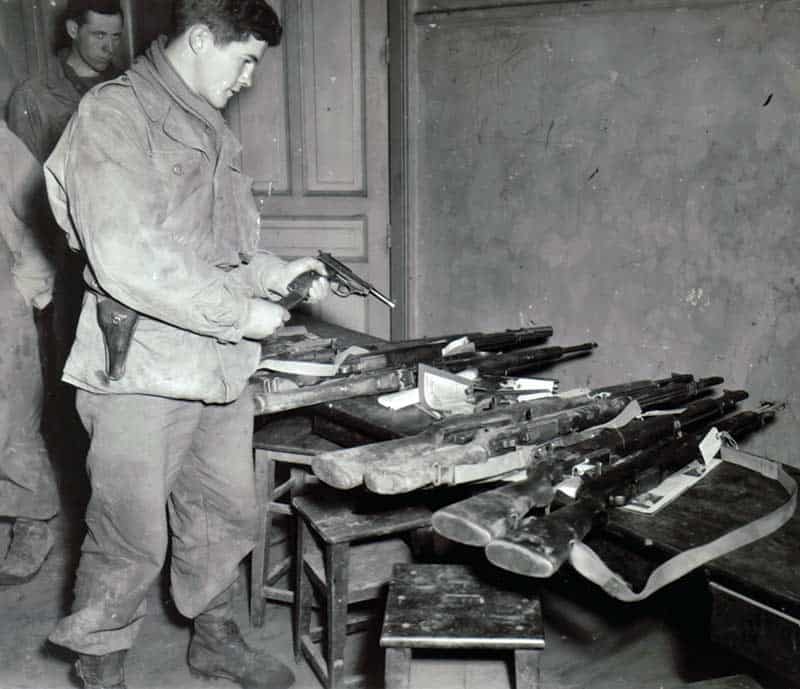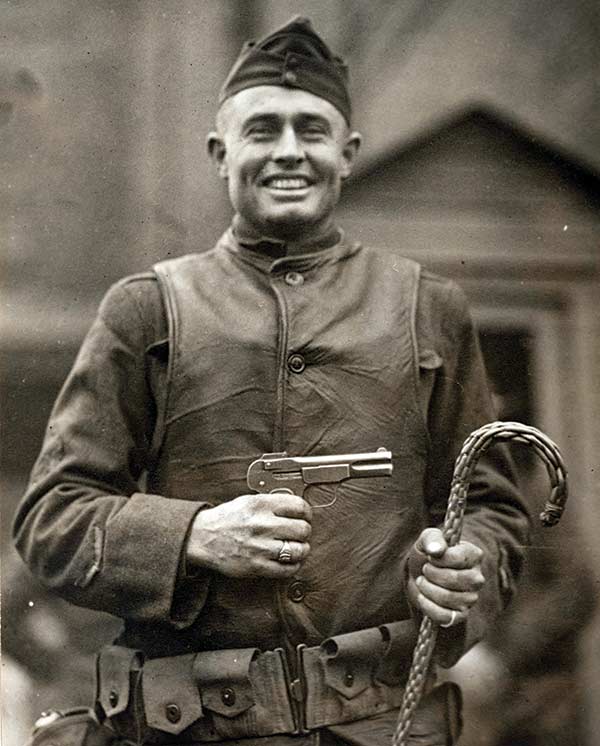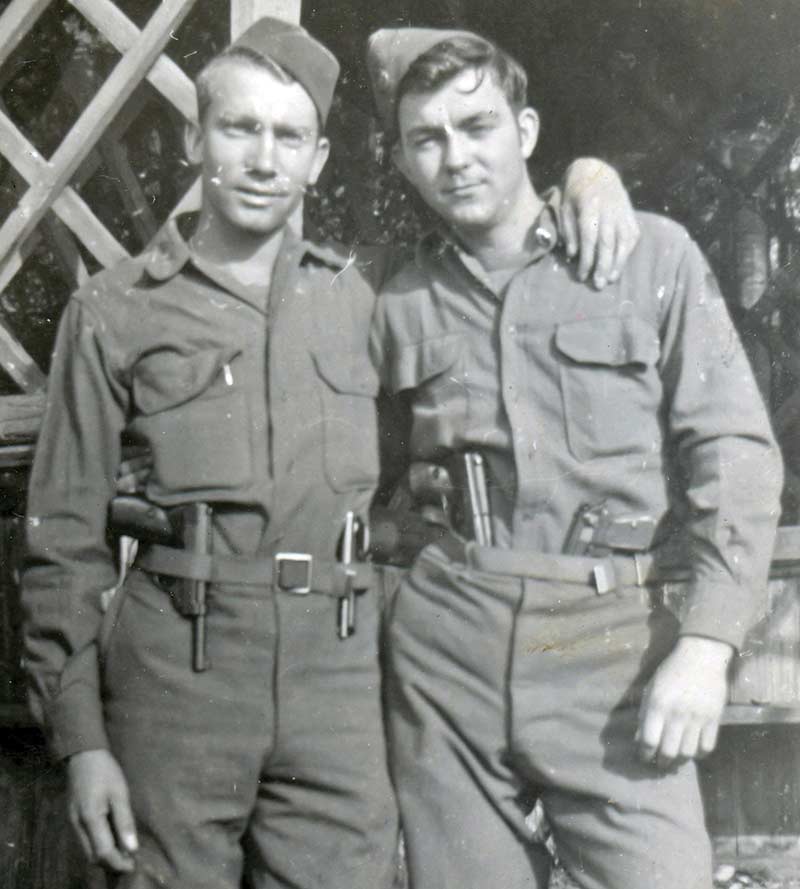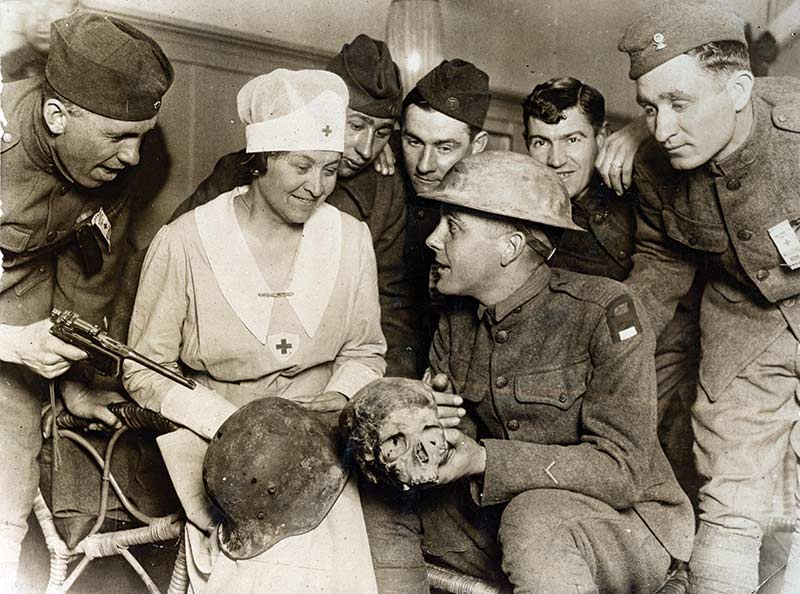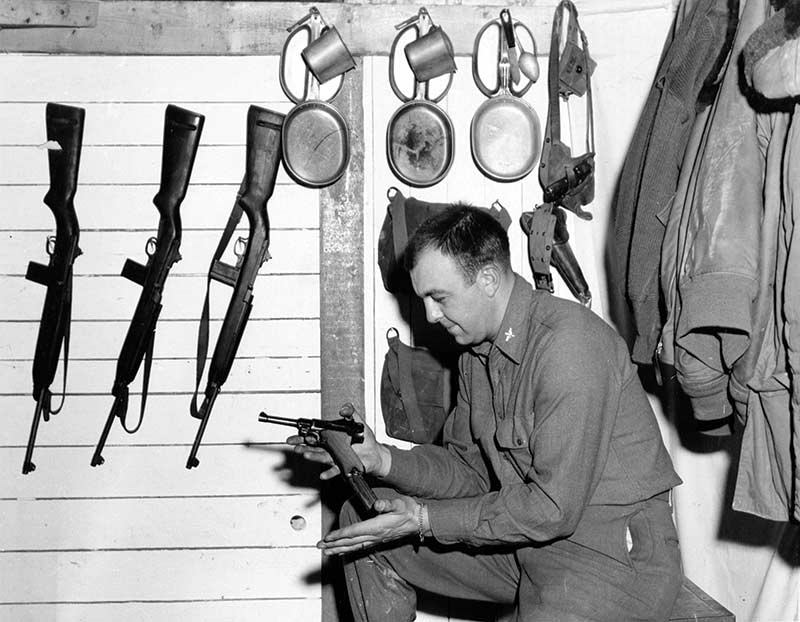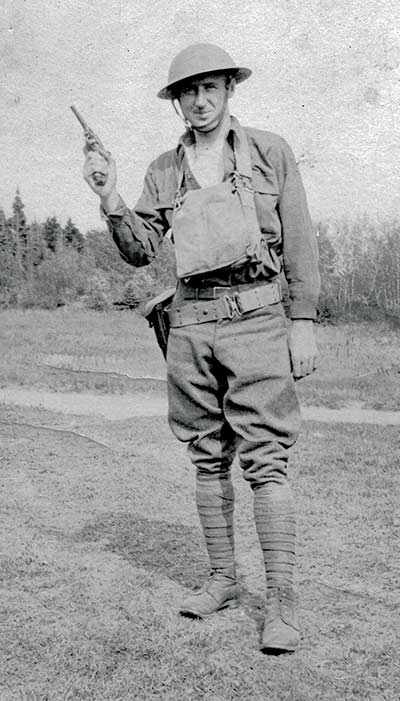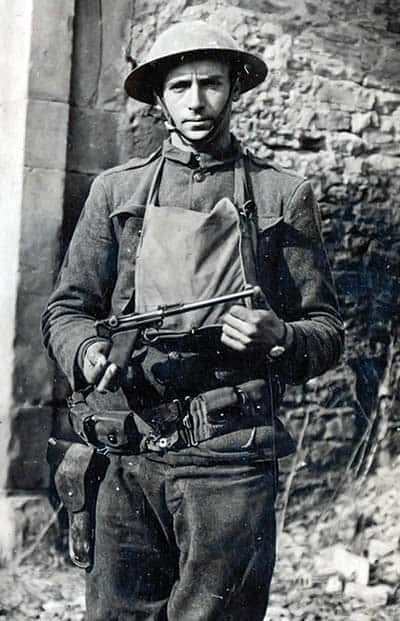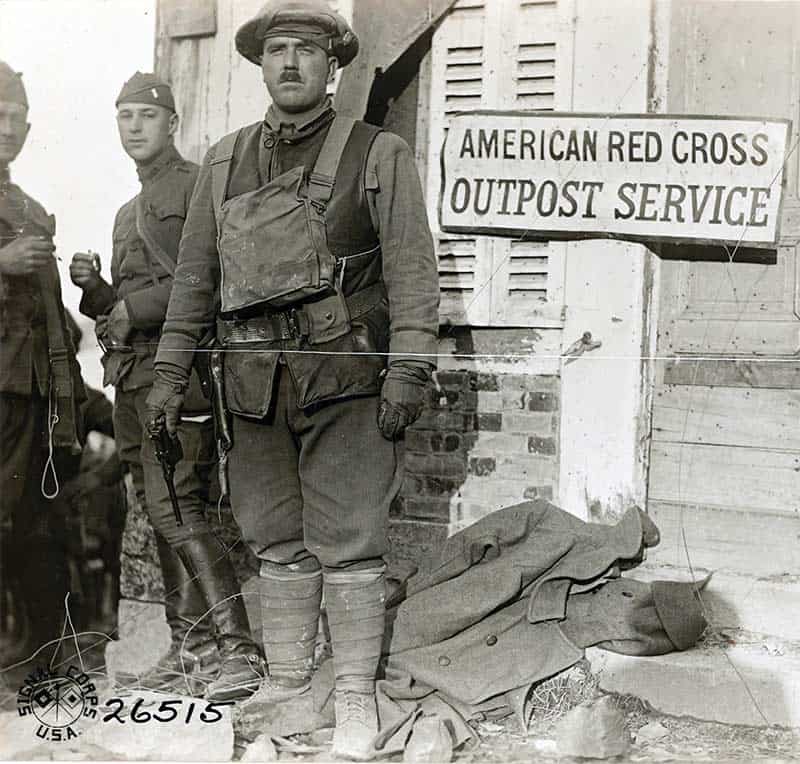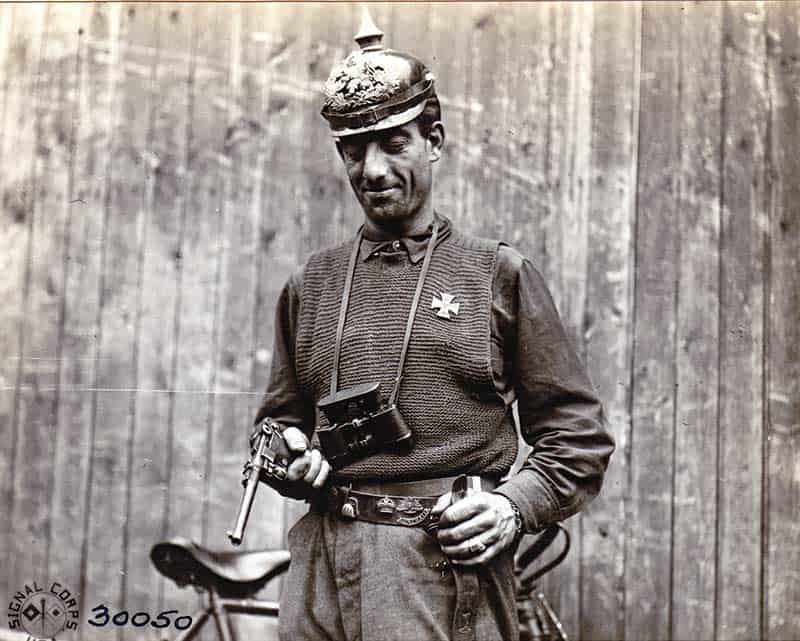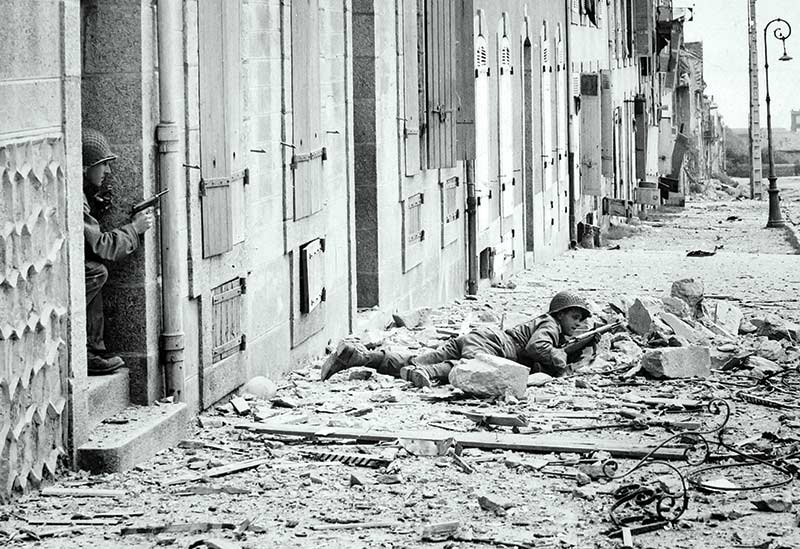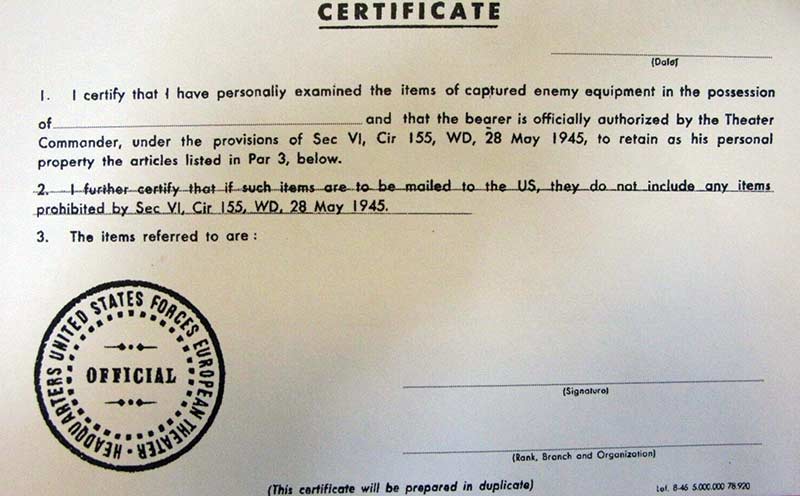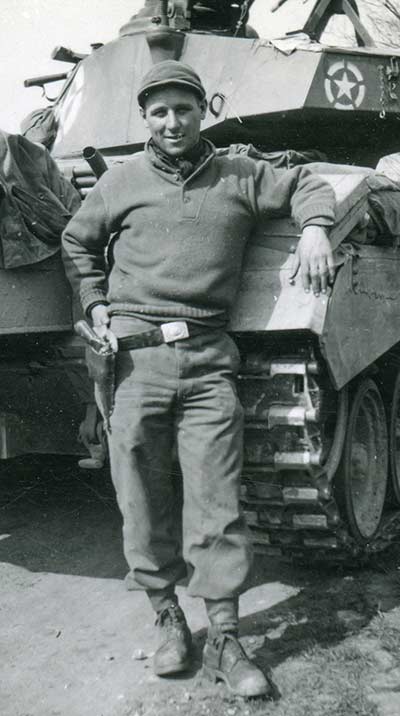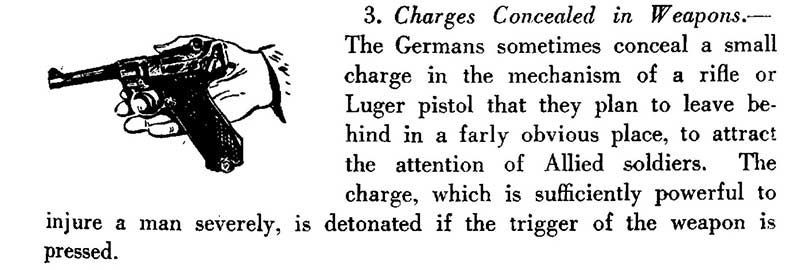 HMS Ark Royal early in WWII
HMS Ark Royal early in WWII
The Second World War was the Royal Navy’s finest hour, so says the acclaimed naval historian, Paul Kennedy.
There are many remarkable aspects to Victory at Sea that might be the subject of an individual blog, but one I would like to call attention to is the way the book, and perhaps especially Ian Marshall’s illustrations, confirm how much the 1939-1945 war at sea was the Royal Navy’s War.
It was there at the very start, pushing out patrols and hunting-groups in search of the German surface raiders; and it was there at the every end, with British warships [HMS Duke of York] among the Allied fleets in Tokyo Bay in 1945, and another bidding godspeed to Pres Truman in Plymouth harbor after the Potsdam settlement is over.
By my count, a full 23 out of the 53 beautiful Ian Marshall paintings are of ships and naval actions involving the Royal Navy, and they range from paintings of storm-tossed little escorts to magnificent ones of the HMS Ark Royal being slowly towed into Malta’s Grand Harbour. The very cover of this book shows, dramatically, the Bismarck under attack by the puny [if also very effective] Swordfish torpedo planes.
Chapter after chapter of this book is devoted to what was really the greatest, longest-lasting maritime struggle of all, the Battle of the Atlantic, not concluded until the serried ranks of Doenitz’s U-boats were tied up in Allied harbours. And from chapter 5 there begins another campaign story, that of the Battle of the Mediterranean, including the Taranto Raid and the many Malta convoys. A whole number of Ian Marshall’s paintings are of British warships at Malta, because that was one of his favourite places as a backdrop to his art.
And this was a Royal Navy which was willing to take incredible losses in the fight to keep control of the sea. Of course Churchill would have it no other way, but the service itself never flinched at the high costs of fighting – there is considerable detail throughout this book of the HUGE losses of merchant ships and escorts in the Atlantic and Arctic convoy campaigns, the stupendous cost in Royal Navy destroyers off Dunkirk and Crete, the terrifying Malta convoy experiences – just count how many cruisers and destroyers, not to mention the many original carriers, were lost against enemy action in this war.
And yet this was a navy that was still receiving newer and more effective warships from the hard-working British shipyards throughout the war: new KG-V-class battleships, the Illustrious-class carriers, town-class cruisers then many new light cruiser classes, fleet destroyers, frigates, sloops, corvettes.
If the lengthy conflict wore down the British economy, there was no sign of that until the very end – although it was clear by 1943 (this is one of the big points stressed in this book) that the US Navy was emerging as a far larger force than anything that had been seen in world history. And this is why, surely, the sub-title of this book Naval Power and the Transformation of the Global Order in World War II is most appropriate..”

Paul Kennedy is the author of Victory at Sea: Naval Power and the Transformation of the Global Order in World War II, published by Yale University Press.
.gif)
.gif)
.png)
.webp)
.gif)
.gif)
.jpeg)
.gif)
.gif)

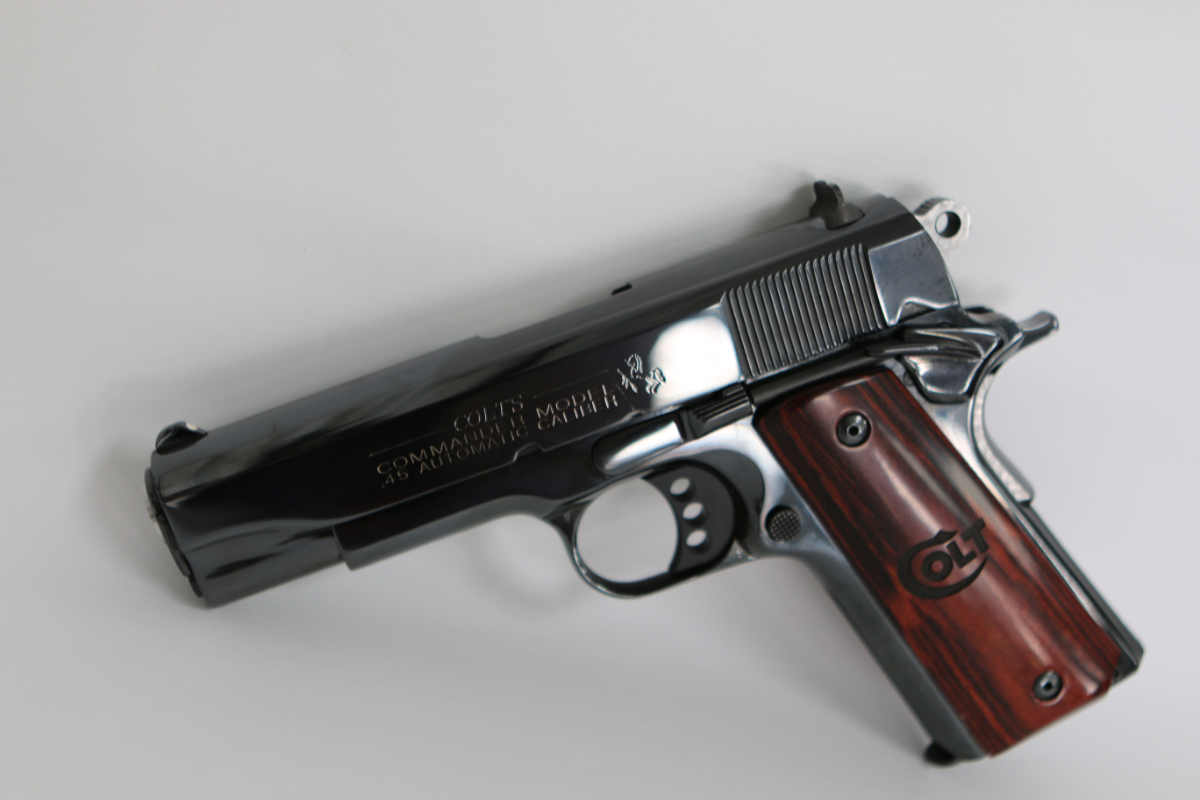
.gif)
.png)
.gif)
.webp)
.png)
.gif)
.gif)












